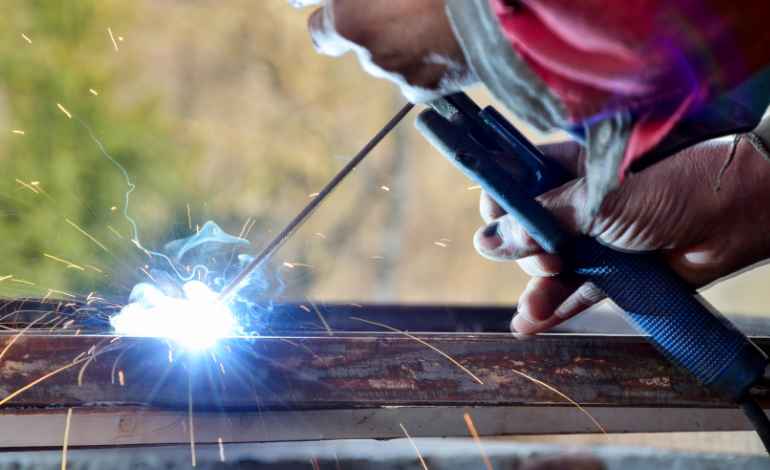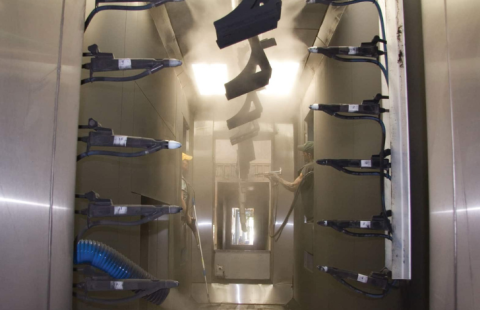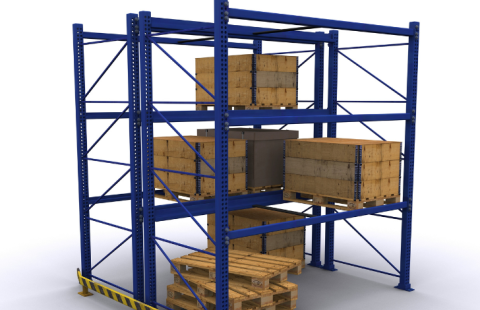Blog
- Home
- Steel Fabrication
- Comparing On-Site Fabrication vs. Off-Site Prefabrication: Which is Right for Your Project?

Comparing On-Site Fabrication vs. Off-Site Prefabrication: Which is Right for Your Project?
In the world of construction and manufacturing, two approaches stand out when it comes to fabricating structural components: on-site fabrication and off-site prefabrication. Each method has its advantages and drawbacks, and choosing the right one for your project can significantly impact its success, timeline, and cost. In this comprehensive guide, we’ll compare on-site fabrication and off-site prefabrication, helping you make an informed decision for your next venture.
On-Site Fabrication: The Traditional Approach
What is On-Site Fabrication?
On-site fabrication, as the name suggests, involves the assembly and construction of structural components at the project location. This approach has been the standard in the construction industry for decades.
Advantages of On-Site Fabrication:
Customization: On-site fabrication allows for real-time adjustments and customizations to accommodate unexpected site conditions or design changes.
Reduced Transportation Costs: Since components are built on-site, there’s no need for extensive transportation of pre-fabricated pieces.
Control: Project managers have direct control over the fabrication process and can oversee quality and progress.
Suitable for Unique Projects: On-site fabrication is ideal for projects with unique or unconventional design requirements.
Drawbacks of On-Site Fabrication:
Time-Consuming: On-site fabrication can extend project timelines, particularly for complex structures.
Labor-Intensive: It requires a skilled labor force and can be more labor-intensive compared to prefabrication.
Weather Dependency: Weather conditions can affect the efficiency of on-site fabrication, causing delays.
Off-Site Prefabrication: The Modern Approach
What is Off-Site Prefabrication?
Off-site prefabrication, also known as modular construction, involves the manufacturing of structural components in a controlled factory environment, away from the project site. These components are then transported and assembled on-site.
Advantages of On-Site Fabrication:
Speed: Prefabrication significantly reduces construction time since components are manufactured concurrently with site preparation.
Quality Control: Factory conditions allow for strict quality control, resulting in consistently high-quality components.
Cost Savings: Reduced labor and on-site work hours can lead to cost savings.
Safety: Fewer workers are needed on-site during assembly, reducing the risk of accidents.
Drawbacks of On-Site Fabrication:
Design Limitations: Prefabricated components may have design limitations due to transportation and assembly constraints.
Transportation Costs: The transportation of large modules can be expensive, especially for distant project sites.
Less On-Site Customization: Custom changes may be challenging once modules are fabricated.
Choosing the Right Approach for Your Project
To determine whether on-site fabrication or off-site prefabrication is the better choice for your project, consider the following factors:
Project Complexity: For projects with intricate designs or frequent design changes, on-site fabrication may be more suitable. Simpler projects can benefit from prefabrication’s efficiency.
Time Constraints: If your project has strict time constraints and needs to be completed quickly, off-site prefabrication is likely the better option.
Budget: Consider your budget and whether the potential cost savings of prefabrication outweigh transportation costs.
Site Conditions: Assess the project site’s conditions, including accessibility and available space for assembly.
Quality Standards: If your project demands exceptionally high quality and consistency, prefabrication is advantageous.
Advantages of On-Site Fabrication:
Speed: Prefabrication significantly reduces construction time since components are manufactured concurrently with site preparation.
Quality Control: Factory conditions allow for strict quality control, resulting in consistently high-quality components.
Cost Savings: Reduced labor and on-site work hours can lead to cost savings.
Safety: Fewer workers are needed on-site during assembly, reducing the risk of accidents.
Drawbacks of On-Site Fabrication:
Design Limitations: Prefabricated components may have design limitations due to transportation and assembly constraints.
Transportation Costs: The transportation of large modules can be expensive, especially for distant project sites.
Less On-Site Customization: Custom changes may be challenging once modules are fabricated.
Conclusion
Both on-site fabrication and off-site prefabrication have their merits, and the choice between them should be made based on the specific needs and constraints of your project. By carefully evaluating factors such as project complexity, time constraints, budget, site conditions, and quality standards, you can make an informed decision that aligns with your project’s goals, ultimately leading to a successful outcome. Whether you opt for the traditional approach of on-site fabrication or the modern efficiency of prefabrication, the key to success lies in planning, execution, and collaboration among all stakeholders involved.


